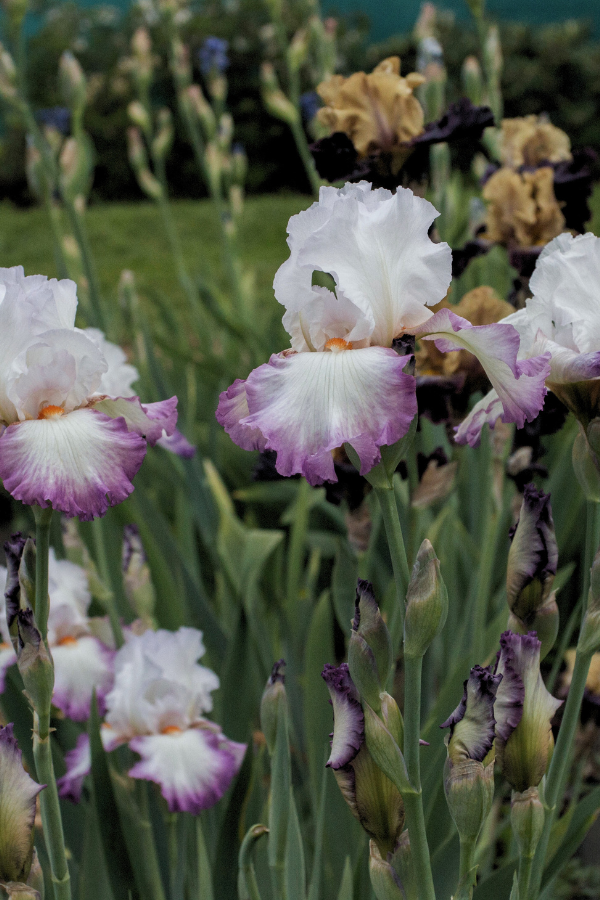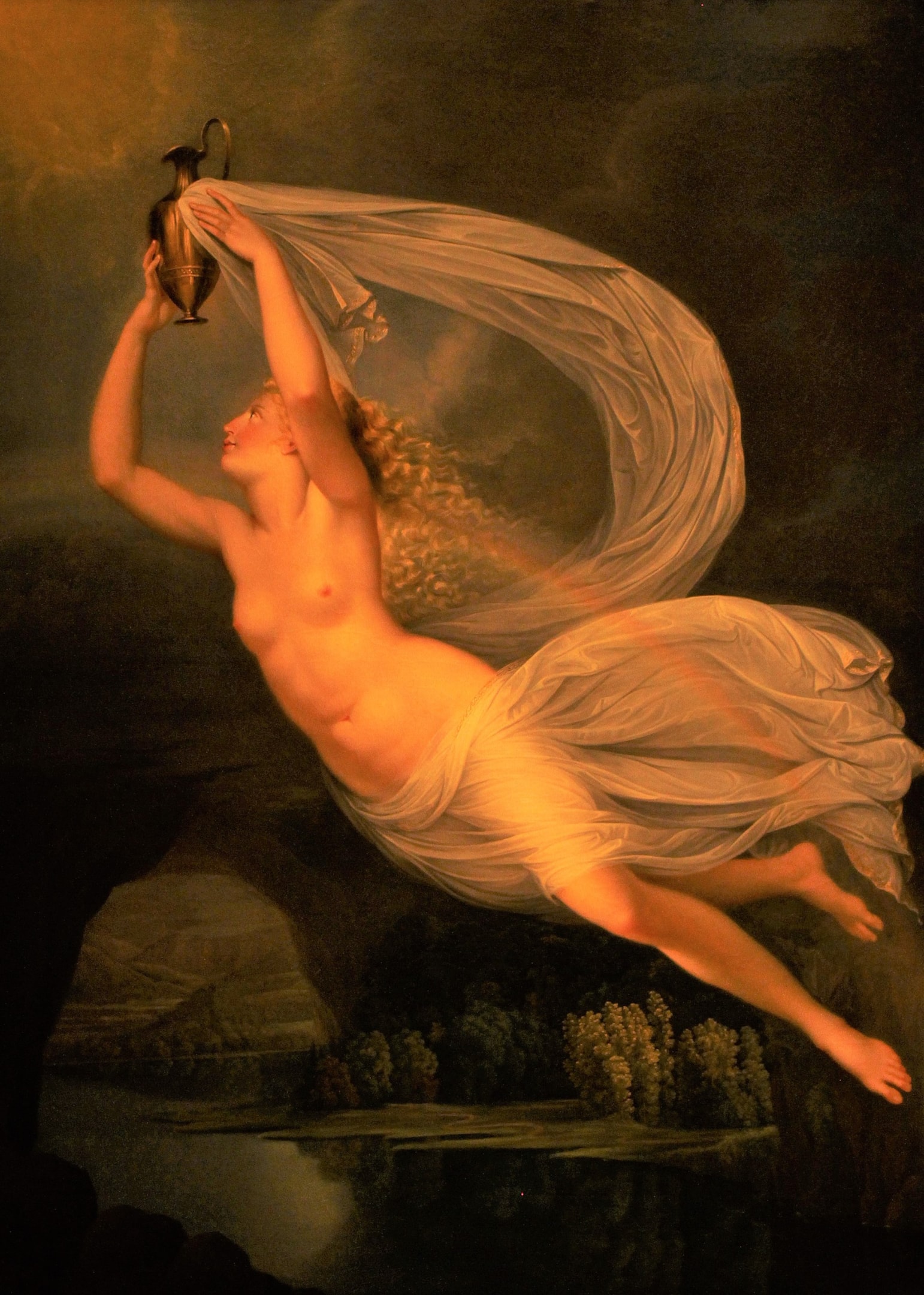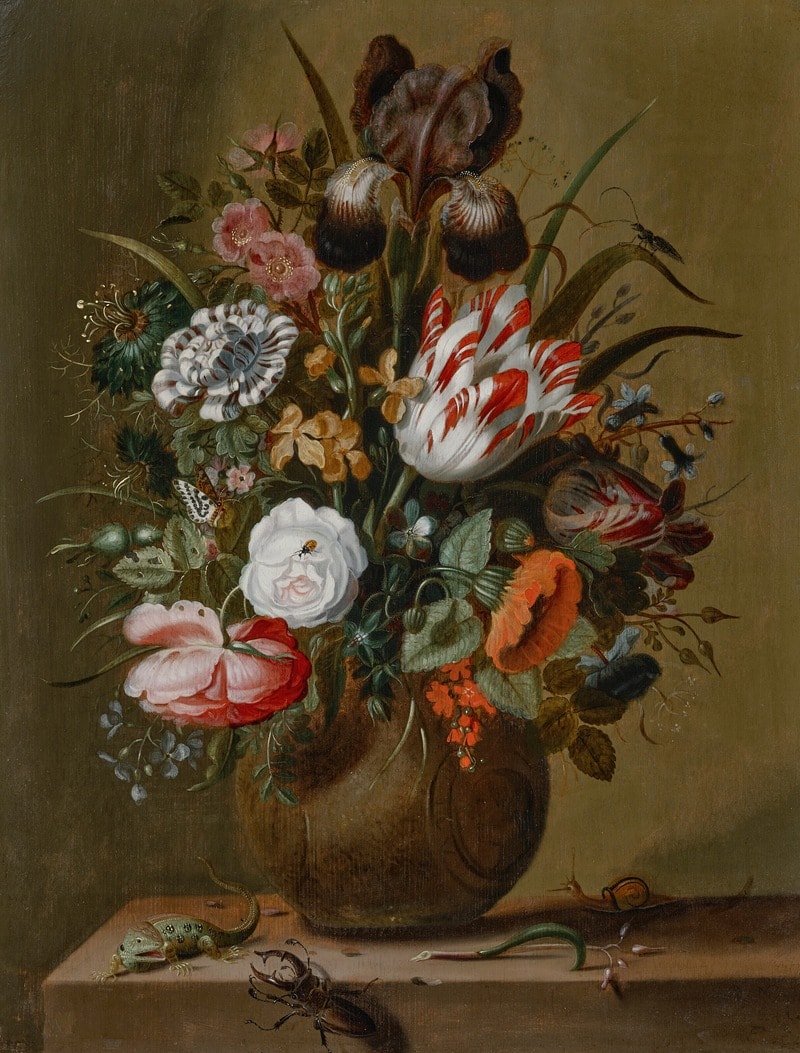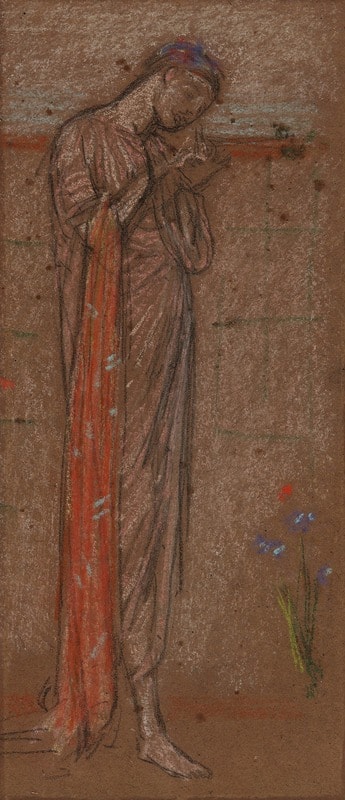

The Symbolism of Irises: Hope, Wisdom, and Valor
Summary
Irises, admired for their striking beauty and diverse colors, have historically held deep symbolic meaning across various cultures. This article explores the botanical appeal of irises, their symbolism in ancient Greece, Eastern cultures like Japan and China, and European history, particularly in medieval heraldry and Renaissance art. Today, irises continue to symbolize hope, inspiration, and resilience. For those looking to incorporate irises into their gardens, planting them in well-draining soil with ample sunlight, regular watering, and periodic division can ensure they thrive and add elegance to outdoor spaces.
Reflection Questions
- How does the symbolism of irises in different cultures influence your perception of the flower?
- What personal meanings or associations do you have with irises, and how do they compare to the historical and cultural symbolism discussed in the article?
- How can irises’ symbolic meanings inspire your creative or gardening endeavors?
Journal Prompt
Reflect on a time when you encountered irises, whether in a garden, art, or literature. What emotions or thoughts did they evoke? Consider how the symbolism of irises—such as hope, wisdom, and resilience—might relate to your own life experiences and aspirations. Write about how you can incorporate the beauty and symbolism of irises into your daily life or creative projects.
With their striking beauty and diverse range of colors, irises have captivated human hearts for centuries. From Siberian irises to Dutch irises to Japanese irises to Louisiana irises, these elegant flowers have carried deep symbolic meaning for many cultures worldwide throughout history. In this article, we consider the iris flower’s meaning across the ages. We hope you enjoy our exploration of iris flower symbolism and that it deepens your appreciation for this timeless emblem of beauty, wisdom, and mystery.
Botany and Beauty: Why We LOVE Irises


Irises have several distinctive botanical characteristics, which have contributed to their widespread admiration and use. Belonging to the Iridaceae family, these perennial plants are notable for their vibrant and diverse range of colors. Yellow irises, blue irises, purple irises, and even black irises are not uncommon.
The iris flower typically has three upright petals, known as standards, and three downward-facing sepals, called falls, which often have a contrasting color or pattern. This unique structure gives the iris its elegant and intricate appearance. In addition to their stunning blooms, irises are hardy and adaptable. Iris flowers in a variety of climates and soil conditions, from temperate regions to marshy landscapes.


Their long blooming period, which extends from late spring to early summer, adds sustained beauty to gardens and landscapes. Irises also play an important role in ecological systems. They attract pollinators such as bees and butterflies, which contribute to the health and diversity of plant communities. Their ease of cultivation and propagation through rhizomes or bulbs makes them a favorite choice for gardeners looking to add a touch of elegance and color to their outdoor spaces.
Iris Flower Meaning: What it Symbolizes in Various Cultures Across the World
Iris Symbolism in Ancient Greece


In Ancient Greece, the iris flower was closely linked to the goddess Iris, who served as the messenger of the gods and the personification of the rainbow. The goddess Iris was depicted as a beautiful maiden with wings—traveling between the realms of gods and mortals, delivering messages, and connecting the heavens with the earth.
As such, the iris flower, with its rainbow-like spectrum of colors, became a symbol of communication, divine connection, and the link between the human and the divine. Greek art and literature often featured irises, celebrating their ethereal beauty and their association with the goddess Iris—reinforcing the flower’s symbolism of hope, enlightenment, and divine favor.
Irises in Eastern Cultures
In Japan, irises, particularly the species Iris ensata (Japanese iris), are deeply embedded in cultural symbolism and traditional practices. The iris is admired for its beauty and is often associated with the virtues of purity, protection, and the strength to overcome adversity. Irises feature prominently in Japanese art, including ukiyo-e prints and traditional paintings, where they symbolize the arrival of summer and the fleeting beauty of nature.
During the Japanese festival “Tango no Sekku” (Children’s Day) on May 5th, iris leaves are placed in baths, known as “shobu-yu,” to promote health and ward off evil spirits. This practice underscores the protective and purifying qualities attributed to irises in Japanese culture. Irises are also a popular motif in Japanese gardens and floral arrangements, where their elegant blooms contribute to the aesthetic harmony and seasonal beauty valued in Japanese garden design.
In Chinese culture, irises are appreciated for their beauty and elegance, often symbolizing scholarly pursuits, nobility, and moral integrity. The flower is sometimes referred to as the “butterfly flower” due to its delicate, fluttering petals that resemble a butterfly in flight.
In classical Chinese art and literature, irises are frequently depicted in paintings and poetry, where they represent refined beauty and scholarly virtue. The upright stance and vibrant colors of the iris are seen as embodiments of resilience and strength—making the flower a popular subject in artistic works aiming to convey these values. The cultural significance of irises in China is reflected in their presence in traditional gardens and their frequent appearance in artistic and literary compositions.
Irises in European History
The Middle Ages
In medieval Europe, the iris held significant symbolic weight, particularly in heraldry. The fleur-de-lis, an emblem widely recognized as a stylized iris, became a prominent symbol associated with the French monarchy. It represented purity, light, and life, and was adopted by French kings to signify their divine right to rule and their connection to the Virgin Mary.
Fuel your creative fire & be a part of a supportive community that values how you love to live.
subscribe to our newsletter
*please check your Spam folder for the latest DesignDash Magazine issue immediately after subscription


The fleur-de-lis appeared on royal coats of arms, flags, and various regalia—solidifying its status as a symbol of power and sovereignty. Beyond France, the iris motif was also used in the heraldic traditions of other European countries, where it symbolized nobility, valor, and wisdom.
The Renaissance


During the Renaissance, the iris flower was frequently depicted in art and literature, embodying the period’s fascination with nature, beauty, and symbolism. Artists such as Leonardo da Vinci and Albrecht Dürer included irises in their works—showcasing the flower’s intricate form and vibrant colors. In literature, irises were often used metaphorically to represent elegance, purity, and the transitory nature of life.


The Renaissance revival of classical knowledge and aesthetics brought renewed attention to botanical accuracy and naturalism—making the iris popular in paintings and gardens. This period saw the iris’s symbolism expand to include themes of intellectual pursuit and artistic inspiration.
Irises in Literature and Art


Irises have made notable appearances in various literary works and art forms. In literature, poets and authors have used irises to convey emotions and themes of beauty, transience, and rebirth. Of course, irises have been immortalized by visual artists, too. Vincent van Gogh’s famous painting “Irises” captures the flower’s vibrant beauty and emotional depth.
Sculptures and photographs often use the iris to explore themes of natural beauty and intricate design—making it a recurring subject in both classical and contemporary art. The diverse depictions of irises across different mediums highlight the flower’s universal appeal and its ability to inspire creativity and contemplation.
Final Thoughts on the Symbolism of Irises


Today, irises continue to enchant us with their vibrant colors and intricate forms, symbolizing hope, inspiration, and resilience. They serve as reminders of nature’s beauty and complexity and our enduring connection to history and culture.
Interested in adding irises to your garden? Plant irises in well-draining soil and a sunny location, as they require at least six hours of direct sunlight daily. Water them regularly, but avoid overwatering, especially during the dormant winter months. Divide iris clumps every few years to prevent overcrowding and encourage healthy blooms.
With proper care, irises can add elegance and historical charm to any garden. You can help carry on their legacy of beauty and resilience for generations to come!








